Endangered Species #6 The Javan Slow Loris
If there was ever an animal that highlighted the downsides of being cute it’s the Javan Slow Loris, this amazing little animal has sadly declined over the past few decades as the demand for it within the exotic pet trade has skyrocketed, this has been caused primarily by a raft of viral videos displaying how cute and cuddly they are as pets.
Hopefully within this article I can either introduce you to the Javan Slow Loris or inform you on its current status, without help these animals are going to go extinct so I feel it is a worthy animal to discuss on this series.
Description
The Javan Slow Loris (Nycticebus javanicus) is a species of primate from the suborder Strepsirrhini, a suborder which includes Lemurs, Galagos (bushbabies) and a long extinct infraorder known as Adaptiforms.
Their soft thick fur is a short uniform length across their entire body and is predominantly yellowish-grey in colouration, they are easily recognised by a dark stripe that runs from the rear of their skull down to the base of their spine and their creamy white stripe that runs from their nose to the top of their skull, they also have cream fur around the outer edges of face, this leads to a dark tear-drop shaped marking around the eyes.
Like all members of the Strepsirrhini order they have elongated snouts and large eyes in relation to their small body size. Their eyes are specially adapted for vision in low-light / dark environments, unlike humans and other primates they do not possess a Fovea centralis and have therefore only limited vision in bright environments, instead, like most nocturnal animals they possess a Tapetum lucidum which is a reflective layer located behind the retina which reflects light back through the retina thus increasing the light available to the photoreceptors.
Like all primates they have 5 digits on their hands and feet, their claws have very little purpose or function as they do not protrude from the tips of their fingers or toes and are instead simply small rounded patches of keratin, the palms of their hands and feet are smooth yet rubbery and tactile, this trait gives them incredible grip when holding rough surfaces such as tree branches.
A trait observed in all species of Loris is the presence of the Brachial gland, this gland secretes a strong-smelling substance in small quantities minutes after the Loris is either disturbed or frightened, they also use the substance to mark territory and to communicate with other Slow Loris in the area, in Thai folklore it was believed that the Slow Loris possessed a venomous toxin that was capable of killing a person, lets first discuss what defines a venom.
A venom is defined as a toxin that is injected into a victim via a bite or sting, for the Slow Loris to be venomous it would have to possess a means of secreting a toxin on to it’s teeth, the Javan Slow Loris has needle like teeth referred to as dental combs, they play a vital role in grooming and as such the Slow Loris while regularly lick its Brachial gland area.
Slow Loris bites are rare however and there are very limited instances of any side-effects other than pain in the immediate bite location, upon inspection of the brachial gland exudate it was found that the substance shared a very similar pattern to an allergen commonly associated with cat skin, specifically the Fel d 1 allergen, it can likely be speculated that any adverse side-effects to Slow Loris bites can be attributed to exposure and subsequent allergy to this substance, in other words the Javan Slow Loris is as venomous as a domestic Cat.
Lastly little is known regarding the lifespan of Javan Slow Loris in the wild though it is speculated to be around 10-15 years, captive individuals have been recorded to have a lifespan of over 25 years of age.
Diet and Habitat
Like all Strepsirrhini Primates the Javan Slow Loris is an arboreal creature meaning it spends the majority of its life living amongst the trees.
As previously mentioned they have specially adapted hands and feet that offer improved grip when holding on to branches, their light weight and excellent grip allows them to hang from one limb should they need to though they prefer to move quadrupedally, like most arboreal primates they have a high power to weight ratio which allows them to move efficiently through the tree-line.
The Javan Slow Loris is endemic to the island of Java, it’s populations used to be widespread across the island but are now limited to small pockets on the western and central portions of the island.Even though they inhabit a fairly large range of the island of Java, they no longer exist in any large population densities, Java has one of the highest human population densities on earth, as such the population density of the Javan Slow Loris now sits at a frighteningly low 0.02 individuals per square kilometre, for a slow-moving mammal with a small territorial range this is sadly not an ideal figure at all.
They are omnivorous, and their diet includes tree-sap, flowers, fruit, insects, bird eggs and small vertebrates such as lizards and even small mammals, despite this wide range of diet they will feed predominantly on vegetation and have a taste for the Gum found within trees, they use their needle like teeth to penetrate the tree to access the Gum.
Behaviour and Reproduction
The general behaviour of the Slow Loris is quite unknown, as well as being nocturnal they are also very shy creatures.
Compared to most other primates the Slow Loris has a very slow metabolism and move very slowly when foraging, as their diet consists of a wide array of food sources they do not have travel far food very often which means they live within a very small territory, often less than 1 square kilometre in size.
Javan Slow Loris are not overly sociable animals and they will often be seen either alone or as a male/female or female/female pair, the males are highly territorial animals and will not tolerate the presence of another male in their territory and will confront/fight the other male should the opportunity arise.
As the Slow Loris live in a temperate region they do not have a defined breeding season, therefore births can occur at any time during the year, after breeding has occurred the female Slow Loris will gestate for a period of six months.
After six months have passed she will give birth to a single infant, Javan Slow Loris are observably monogamous, and the male will aid in the upbringing of the offspring by taking turns in carrying the infant, on rare occasions the infant may be left in a safe location whilst the parents forage for food.
After a period of about 5-7 months the Slow Loris babies are weaned, more often than not they will remain within their parents’ territory until they reach sexual maturity at the age of 17-24 months.
Threats to the Javan Slow Loris
The main threats faced by the Javan Slow Loris are attributed to habitat loss and illegal poaching for the exotic pet trade.
The extent of deforestation is so severe on the island of Java that if current trends continue, the island could become completely devoid of its once lush rainforests, in 2010 it was estimated that only 135000 hectares of rainforest remain on the island of Java, compared to 160000 hectares that existed in the year 2000, the situation is dire.
To exacerbate the dwindling habitat of the Javan Slow Loris they are also cursed with another threat… They are cute.
Viral videos such as the one above has seen the demand for the Javan Slow Loris skyrocket, they are being taken from their natural environment at an alarming rate, as they are slow-moving animals they are easily captured once located, they have very little means of defending themselves and so offer very little resistance when captured.
As the populations decline they are becoming rarer and rarer, as mentioned in the small habitable areas that remain they exist in populations of less than 0.02 individuals per square kilometre, the price of the Slow Loris is increasing but the demand is sadly remaining steady, their involuntary cuteness and our sense of entitlement to anything and everything is driving them to extinction.Cruelly it is still common practise to remove the Slow Loris’ teeth to prevent their “venomous bite”, this practise is barbaric as it completely removes the Loris’ ability to groom itself, consume certain food sources, and often results in infection that can prove to be fatal.
Over the past three decades their numbers have declined by as much as 90%, it’s estimated that on average 60-70 animals are taken from the wild every year and a population of less than 1000 animals left in the wild is likely an over-estimate, they are defined as Critically Endangered on the IUCN Red List and will go extinct in the wild within the next decade should current trends continue.
For more information regarding the Slow Loris pet trade explore this website.
Is Anyone helping the Slow Loris?
The Slow Loris is receiving help both directly and indirectly.
Through schemes to secure protected sections of rainforest Conservation International are indirectly aiding in the protection of the Javan Slow Loris, they are also involved in initiatives to support reforestation in the region, they are achieving this by offering income incentives to local people who are able to harvest fruits and seeds that are by-products of native trees, they hope that this will benefit both the local people as well as the surrounding wildlife.
Furthermore, they are educating the local population on the importance the surrounding rainforests have on their way of life, the forests act a natural filtration system for the water supply to over 30 million people on the island of Java and as such serve an important role in the health of the Javan people, they are also educating locals in to the wildlife they share the island with, and the plights many species are currently going through due to human green and encroachment.
You can support Conservation International here
International Animal Rescue is working directly to save the Javan Slow Loris as well as all the other Loris species which are also endangered.
Sadly, the centre is at capacity and in major need of capital investment to expand operations, the plight of the Slow Loris has sadly flown under the radar of many organisations despite them being a critically endangered species.
The centre aims to rehabilitate and release to the wild where possible, I state where possible as many Slow Loris are simply not fit for the wild after capture, as previously mentioned the practise of needlessly removing their teeth renders their ability to survive in the wild close to zero percent.
International Animal Rescue are the only organisation that are currently working on capture and release programs for the Slow Loris, they also help a multitude of other endangered species and every donation to them could be the difference between a species surviving or going extinct, you can support them here
My Opinion of it all
Writing these articles is becoming more difficult with every animal I cover, the sheer helplessness that most of these animals are going through due to human involvement is just heart-breaking and sadly I’m aware that human nature and greed is not easily changed.
I’m not entirely sure that the Javan Slow Loris will be able to be saved, there simply isn’t enough being done to save and protect them, with habitat loss and shrinking populations even a small number of animals taken from the wild could eliminate the chance for a successful breeding population to exist, I’m of the opinion that they will be extinct in the wild within the next decade.
To end on a high note this is not a death warrant for the species, existing captive specimens may supply the species with a chance of survival, the sight of the Javan Slow Loris in its natural habitat however, will likely be a distant memory for anyone who has had the experience of seeing it for themselves.
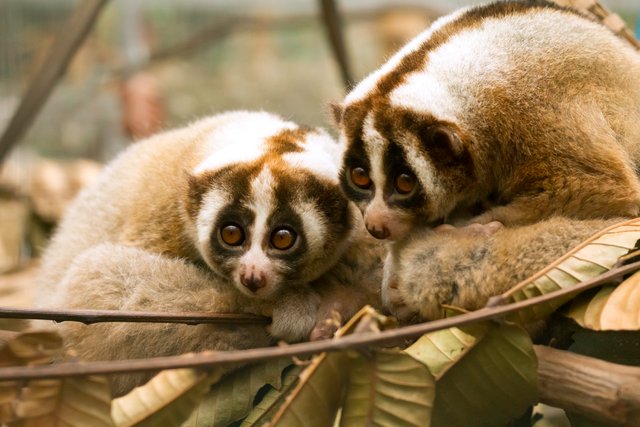
If you can afford any donations this is a species that desperately need your help, like all animals, they are worth saving
Content Sources
If you found this edition of Endangered Species interesting you may be interested in my previous posts:
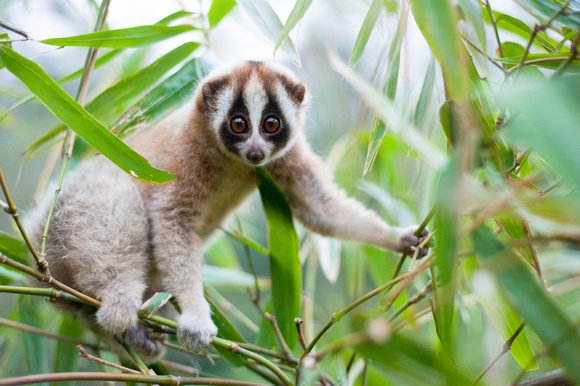
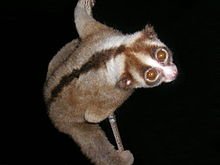
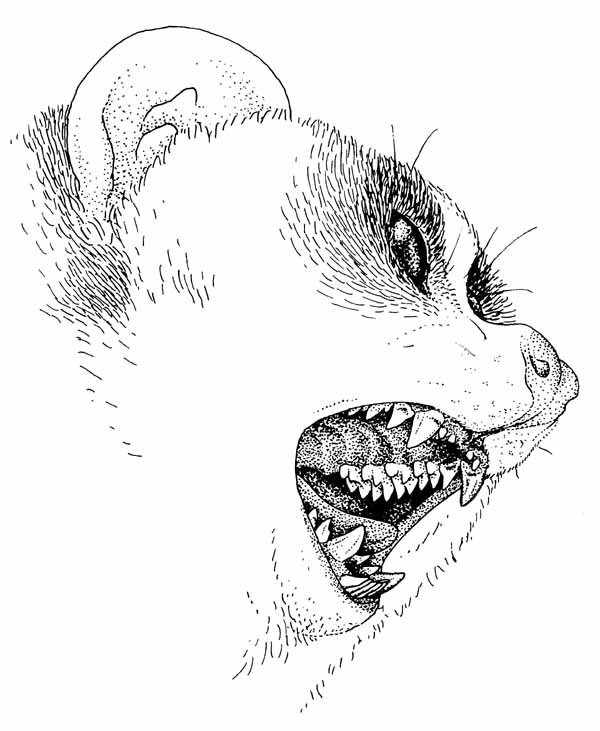
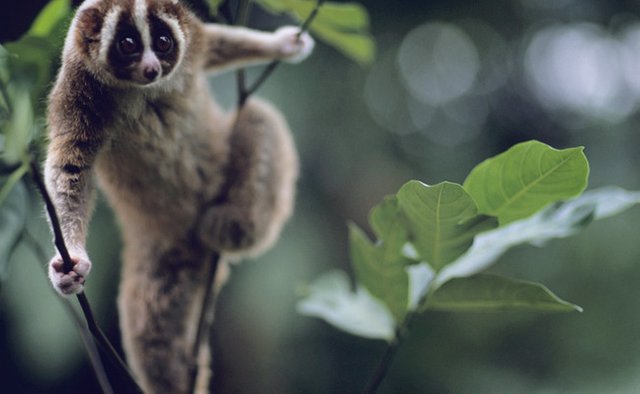

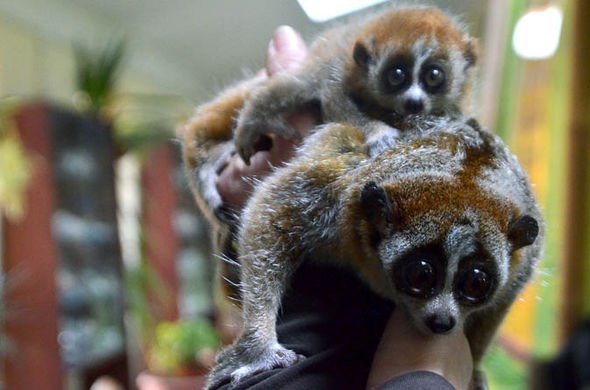
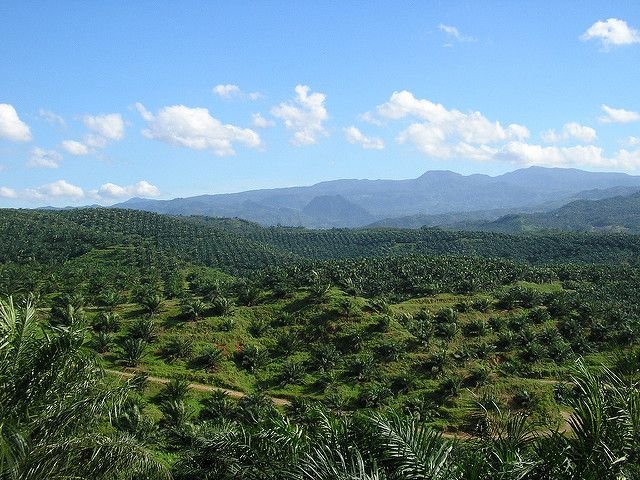
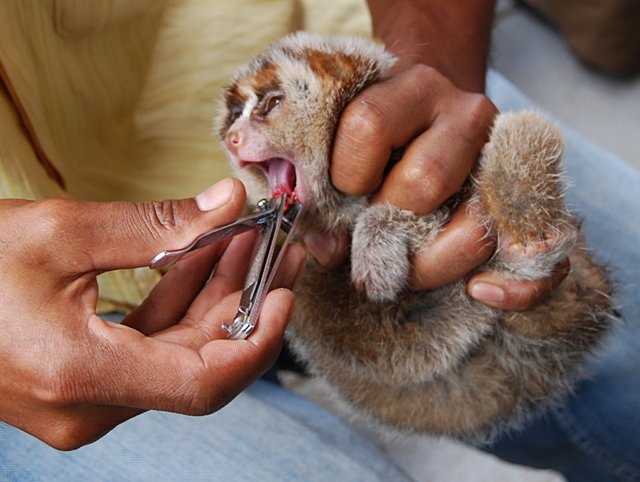
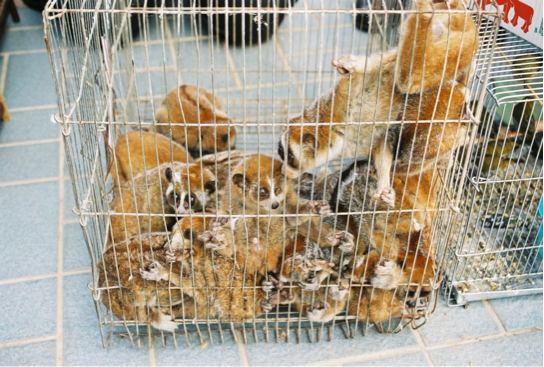
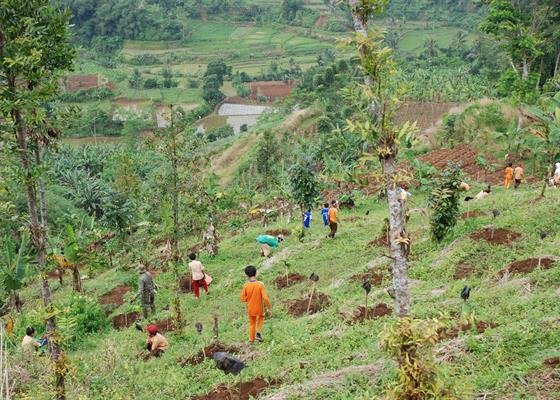

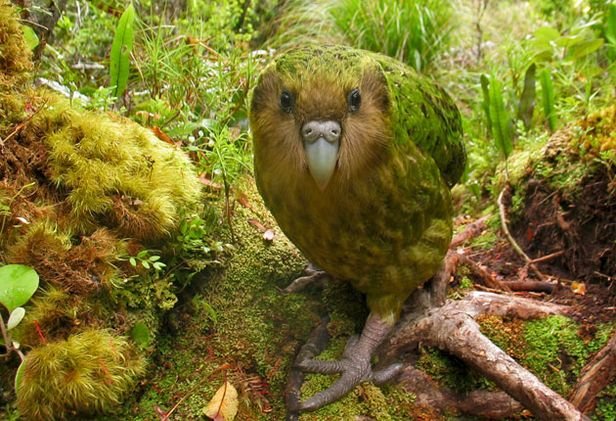

The thing is really painful ..
and the most painful is that the solution is in our hands
Great pictures and thanks for sharing
Great photos and field documentation. It's great to know these amazing creatures are being rescued. We've lost way to many animals as is.
Such beautiful animals. The photo of them caged for the pet trade is heartbreaking. I'm glad that there is a center doing rescue, but like you, I fear that they will eventually disappear from the wild.
Resteemed to over 7700 followers and 100% upvoted. Thank you for using my service!
Send 0.100 Steem or 0.100 Steem Dollar and the URL in the memo to use the bot.
Read here how the bot from Berlin works. News you will find under the hashtag #resteembotnews.
Please help us grow and use our link to trade #IOTA #BTC #ETH and a lot of more at one of the biggest exchanges. https://www.binance.com/?ref=10230705
@resteem.bot
Excelente biografía de tan maravillosa especie, la biodiversidad es un elemento importante de nuestra naturaleza, cada especie presenta un papel fundamental dentro de nuestros ecosistema.
@OriginalWorks
The @OriginalWorks bot has determined this post by @amavi to be original material and upvoted it!
To call @OriginalWorks, simply reply to any post with @originalworks or !originalworks in your message!
They look naturally sad - I think it's because the position of the eyes ;)
great work @amavi
I like your post your efforts are amazing.
Wincing at the teeth removal, that's so awful! These endangered species articles are almost as hard to read as they must be to research and write (and it doesn't help that these guys have a natural expression that we perceive as sad!).
Yeah, I have to agree I find Wednesdays very difficult for this exact reason. To realise how much we’ve messed up is heartbreaking. Yet there’s hope, perhaps these posts might change peoples views on the pet trade and the whole “I want that cute animal” and the market will reduce. That’s my aim anyway!
Dat is nice I like you write up keep it up